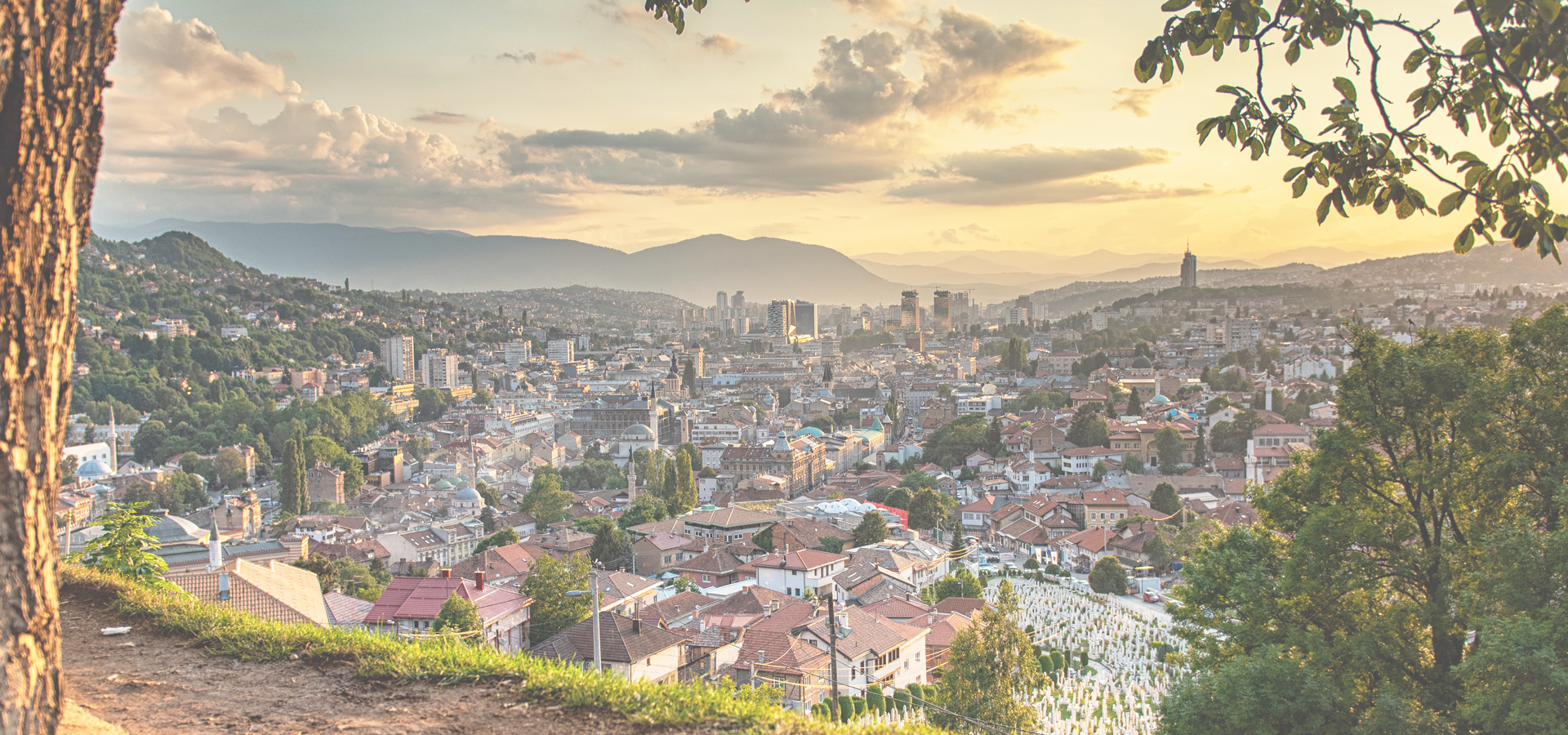Velika Kladuša, Federation of Bosnia and Herzegovina, Bosnia and Herzegovina
🇧🇦 Velika Kladuša (Велика Кладуша) is a town and municipality located in Una-Sana Canton of the Federation of Bosnia and Herzegovina, an entity of Bosnia and Herzegovina. It is situated in the far north-west of Bosnia and Herzegovina, located near the border with Croatia.
History Velika Kladuša was first mentioned by name on October 30, 1280 (date on its shield) by the name Cladosa under the rule of King Ladislaus IV of Hungary. During the era of Byzantine Empire it is assumed that the population of the town started to slowly grow. Towards the end of the 13th century up to 1464, Velika Kladuša was controlled by Croatian noble families of Babonić, Frankopan, Šubić and Tuz de Lak.
Around 1464 the Ottoman Empire was expanding towards this region. It was raided in 1558. The town was finally captured in 1633 by the Ottoman Empire. After the Ottoman conquest, Islamization of the hitherto Christian region began and much of the local population converted to Islam. Velika Kladuša would later become the centre of Ottoman expansion into neighboring Croatia as well as the rest of Europe. At the start of the occupation of Bosnia and Herzegovina by the Austro-Hungarian Empire in 1878, Velika Kladuša along with others in the region, put up the biggest resistance in the region. Nevertheless, it developed with the opening of schools, the introduction of land register books, and a mosque and a catholic church were built.
World War II and socialist Yugoslavia During World War II the region of Velika Kladuša fought on the side of the Yugoslav Partisans. At one point the town switched alliances and allowed the Nazis to occupy it but this was planned out with the Partisans because they then surprised the Nazis by jointly attacking them with the Partisans. The people in this region were always strong supporters of Yugoslav President Josip Broz Tito and communism.
In May 1950, Velika Kladuša was the scene of a major peasant revolt when the Cazin uprising, an armed anti-state rebellion, occurred. The event most affected neighboring Cazin, as well as Slunj, which were all part of Communist Yugoslavia at the time. The peasants revolted against the forced collectivization and collective farms by the Yugoslav government on the farmers of its country. Following a drought in 1949, the peasants of Yugoslavia were unable to meet unrealistic quotas set by their government and were punished. The revolt that followed the drought resulted in the killings and persecution of those who organized the uprising, but also many innocent civilians. It was the only peasant rebellion in the history of Cold War Europe.
Agrokomerc In era of Yugoslav socialism the town became the headquarters of Agrokomerc, one of the biggest food companies in the Socialist Federal Republic of Yugoslavia. The company started as a single food producing farm and grew to an estimated 13,000 employees at its peak of production. Agrokomerc turned Velika Kladuša and the surrounding regions one of the richest municipalities.
Yugoslav Wars and the post-war years During the war in Yugoslavia, Agrokomerc still continued to operate as it produced all types of food bound for Zagreb, Belgrade and other places. During the Bosnian War (1992–1995), the town was the capital of the self-declared Autonomous Province of Western Bosnia. The seat of the government was at the Stari Grad Castle, which had defense forces guarding it throughout the day and night. The city itself did not suffer much damage as it was mostly spared of large fighting. Following the end of the Bosnian War, the town was the home of the Czech helicopter unit and Canadian Forces NATO camp supporting the IFOR and SFOR peacemaking missions from 1995 to 2004.
Demographics According to the 2013 census the municipality of Velika Kladuša had 40,419 residents, including: • 32,561 Bosniaks (80.56%) • 4,781 Bosnians (11.83%) • 1,366 Muslims (3.38%) • 636 Croats (1.57%) • 146 Serbs (0.36%)
Religion According to the 2013 census, the religious makeup of Velika Kladuša includes: • 36,643 Islam (90.66%) • 305 Catholic (0.75%) • 160 Orthodox (0.40%) • 3,491 other (mostly Muslim) (8.64%)
Sport Local football club Krajišnik have spent a few seasons in the second tier of Bosnia and Herzegovina's football pyramid.
Europe/Sarajevo/Federation_of_Bosnia_and_Herzegovina

Locations Near: Velika Kladuša 15.8,45.1833
🇧🇦 Bihać 15.867,44.817 d: 41.1
🇭🇷 Karlovac 15.553,45.495 d: 39.7
🇭🇷 Sisak 16.367,45.483 d: 55.5
🇭🇷 Zaprešić 15.8,45.85 d: 74.1
🇭🇷 Gospić 15.375,44.546 d: 78.4
🇸🇮 Novo Mesto 15.166,45.8 d: 84.5
Antipodal to: Velika Kladuša -164.2,-45.183
🇹🇴 Nuku'alofa -175.216,-21.136 d: 17157.6
🇵🇫 Papeete -149.566,-17.537 d: 16653.9
🇦🇸 Pago Pago -170.701,-14.279 d: 16524.6
🇼🇸 Apia -171.76,-13.833 d: 16456.9
🇺🇸 Hilo -155.089,19.725 d: 12738.8
🇺🇸 Maui -156.446,20.72 d: 12645
🇺🇸 Maui County -156.617,20.868 d: 12630.5
🇺🇸 Wailuku -156.505,20.894 d: 12626.4